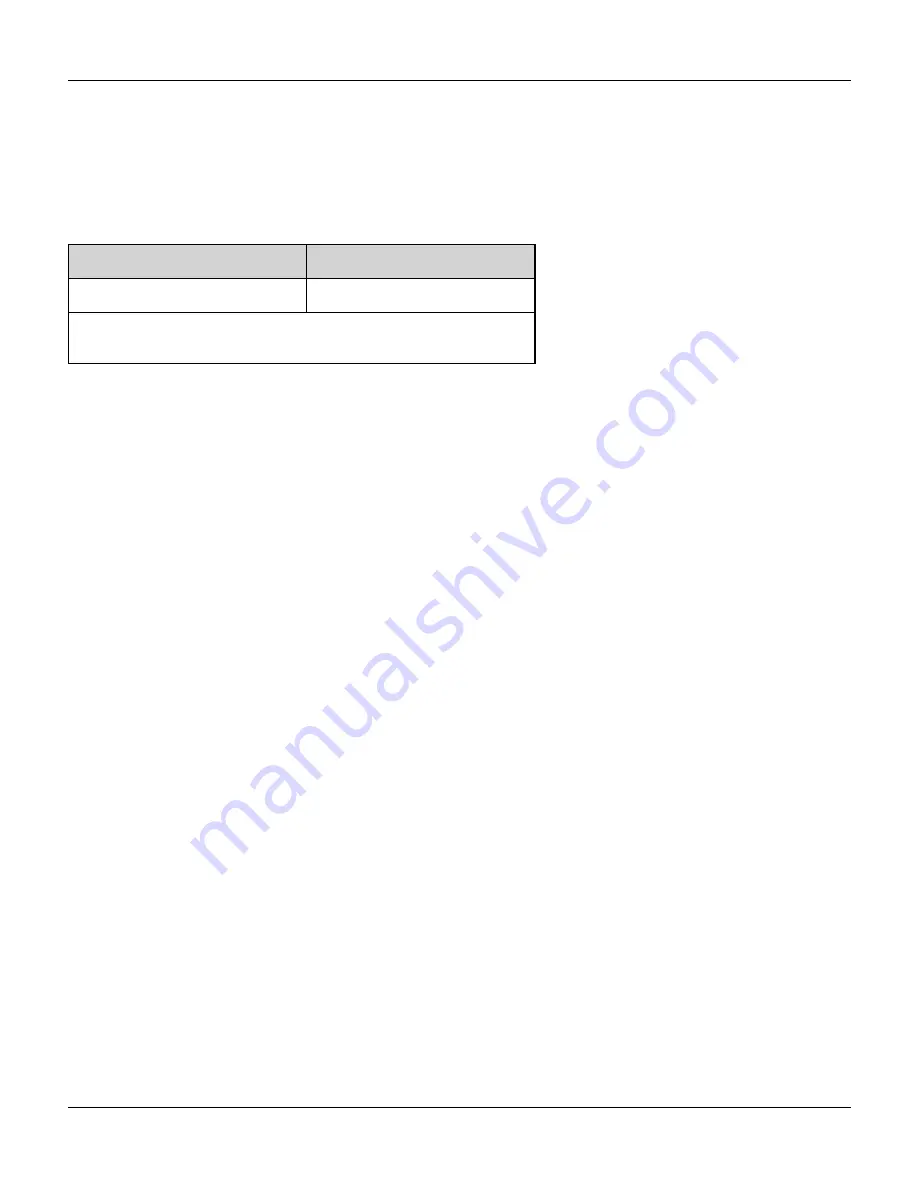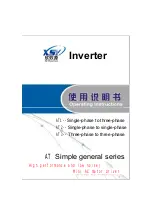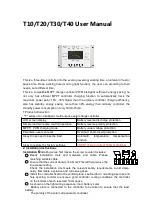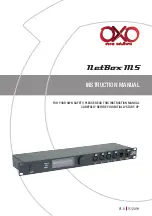
[SOURce[1|2]:]COMBine:FEED {CH1|CH2|NONE}[SOURce[1|2]:]COMBine:FEED?
[SOURce[1|2]:]COMBine:FEED {CH1|CH2|NONE}
[SOURce[1|2]:]COMBine:FEED?
Enables or disables the combining of both channels' outputs on a two-channel instrument into a single channel con-
nector. The "SOURce" keyword (default, SOURce1) specifies the base channel, and <
source
> specifies the channel to
be combined with the base channel.
Parameter
Typical Return
{CH1|CH2|NONE}, default NONE
CH1, CH2, or NONE
Set the COMBine:FEED source for base Channel 1 to be Channel 2:
COMB:FEED CH2
l
COMBine:FEED allows digital data from both channels to be added together to create the output signal on the out-
put DAC for the base channel.
l
Only one channel may operate in COMBine:FEED mode at a time
l
Unlike the Modulation and SUM commands, COMBine:FEED can add two modulated signals.
l
COMBine:FEED can generate quadrature modulated signals from the two channels to be added together into a sin-
gle connector.
l
To use COMBine:FEED, first configure all parameters on the individual channels.
l
The signals to be combined may have a fixed phase offset between the channels.
l
You can use COMBine:FEED to add noise from a second channel to a modulated signal on the base channel.
l
If COMBine:FEED would cause the combined output to exceed either the instrument's output rating or the pro-
grammed limits, the instrument will set COMBine:FEED to NONE and report a settings conflict error.
l
Signals are combined in digital form. When two signals of significantly different amplitudes are combined, the lower
amplitude signal may have reduced resolution proportional to the ratio of the two amplitudes.
l
Changing the function amplitude or sum amplitude of the master or combined channel will not change the ampli-
tude or offset of any other function or channel. If changing the function amplitude or sum amplitude of the master
or combined channel would result in exceeding either the output rating or the programmed limits, the amplitude
value will be clipped and a settings conflict error will be reported.
l
Changing the channel offset of the master or combined channel will not change the amplitude or offset of any
other function or channel. If changing channel offset of the master or combined channel would result in exceeding
either the output rating or the programmed limits, the amplitude value will be clipped and the instrument will
report a settings conflict error.
l
If turning limits on or adjusting programmed limits would result in a limit being lower than a signal maximum or
higher than a signal minimum, the limits will not be turned on or adjusted, and the instrument will report a set-
tings conflict error.
184
Agilent 33500 Series Operating and Service Guide
















































